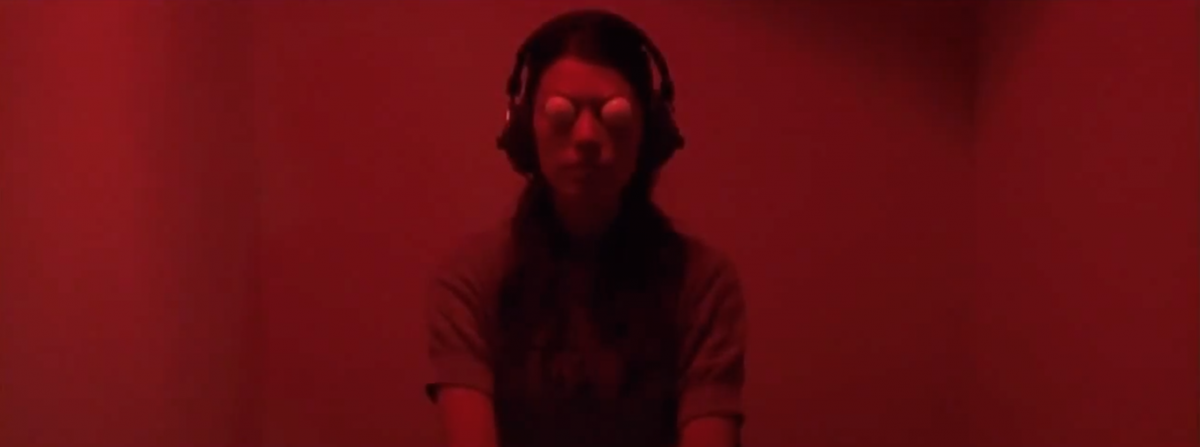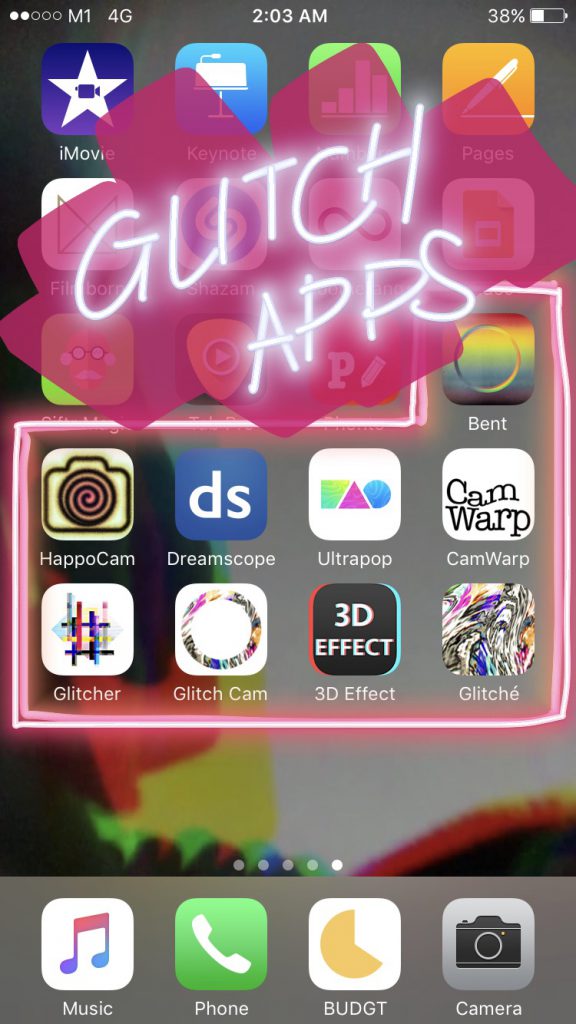There was a film I watched that was quite lovely.
It deals with an interpretation of the Ganzfeld experiment which is used as a measure of detecting ESP (Extrasensory Perception).
Extrasensory perception, ESP or Esper, also called sixth sense, includes reception of information not gained through the recognized physical senses but sensed with the mind.
The contents of the film are not so important as the way the visual aspects of this “extrasensory state” are dealt with.
In the extrasensory state, the character dreams/remembers/sees what seems to be memories in surreal and dreamlike sequences. What is interesting (to me) about these sequences are the colour and image distortions used to alter the images (aka glitch effects). In contrast with unaltered footage, it very effectively suggests a kind of alternative mindstate
In contrast with unaltered footage, it very effectively suggests a kind of alternative mindstate – one that is beyond objective perception in the real world. I am quite keen on exploring a similar style of image alteration in my film as well, to portray the perceived contrast between the objective physical world and the subjective lonely state of mind.
I downloaded some glitch apps on the phone to see what kind of visual language was accessible to me in image alteration. There were some really good ones like (Glitché) but that wasn’t free (on top of paying for the app itself, you have to play like $5 more to access most of the functions) so forget that. #brokeandhungryandsleepdeprived.
I ended up really liking (Bent) for its many suitable filters and functions. But one downside to the app was that I couldn’t import existing videos into the app for it to alter the image. Meaning if I went with this I will have to shoot on my phone straight from the app as opposed to using a proper camera.
Life is for dangerous living.
I went with it anyway.
Here is some footage I got to see what the app could do –

